“The fascinating world of green beetles: A closer look at their colors, behavior, and habitats”.
Welcome to the intriguing world of Green Beetles! These shiny creatures, known for their vibrant colors, peculiar behavior, and diverse habitats, not only enrich the environment but can also sometimes be pests. Let’s delve into the details of these bugs and discover what makes them so fascinating!
Significant Roles of Green Beetles in the Environment
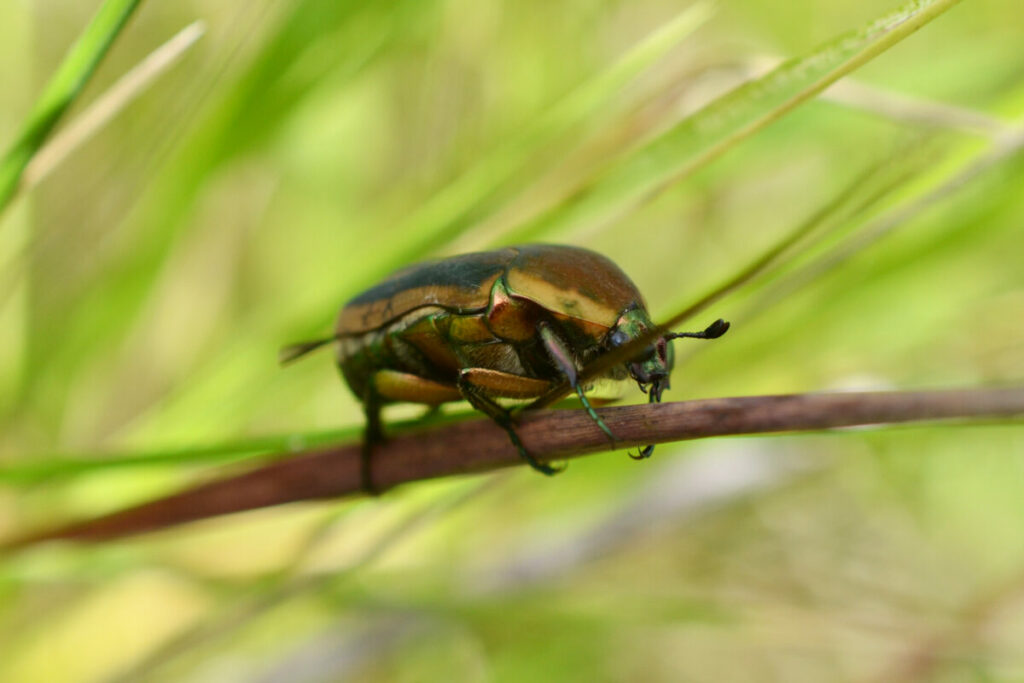
Working hard in southeastern U.S., from Texas and Nebraska to the mid-Atlantic states, green beetles and their grubs create a significant impact on pastures and orchards. Adult beetles have a liking for fruits, particularly stone fruits. Meanwhile, grubs prefer residing on the ground, feasting primarily on grass. Despite the considerable damages that they may cause, one cannot overlook some of the benefits they offer.
Soil Enrichment and Damage Control
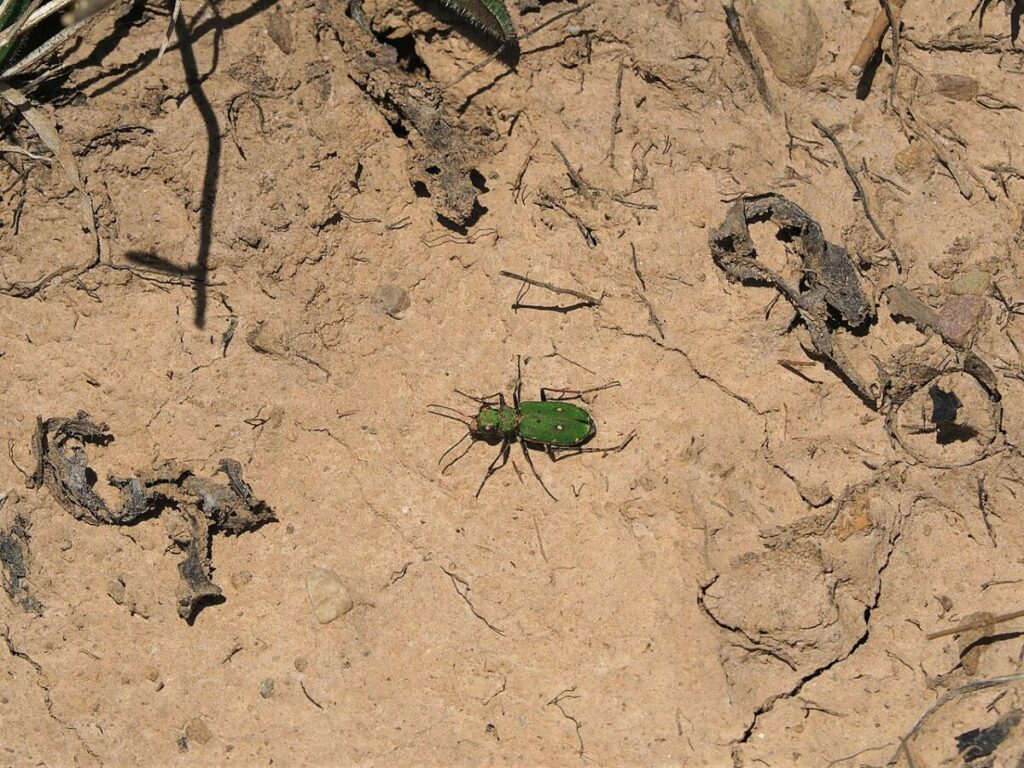
Green beetles, by burrowing into the soil to lay their eggs, enrich and aerate the earth. However, the pesky grubs may sometimes cause more harm than good by feeding voraciously on grains. Moreover, adult beetles, while feasting on fruits, produce droppings that foul the fruit and cause significant damage, which may sometimes be more than what one would usually expect from insect droppings.
Behavior and Feeding Habits of Green Beetles
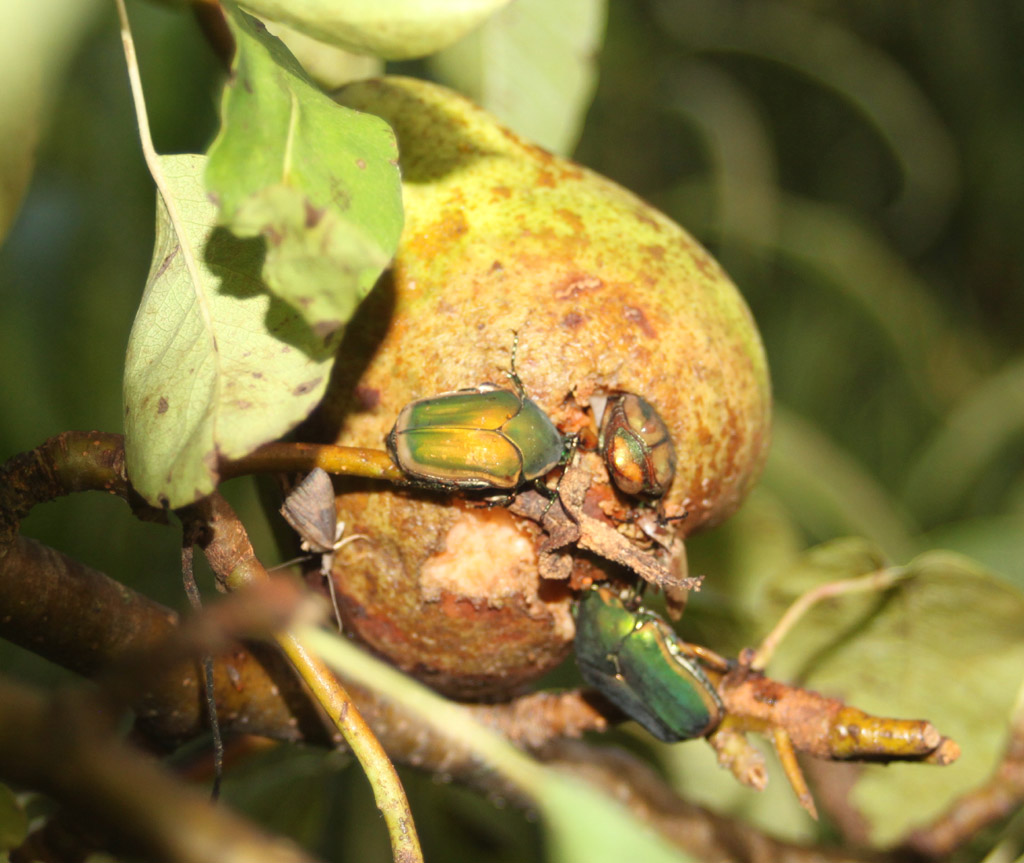
Although they have a preference for slightly decayed fruits, green beetles don’t shy away from fresh ones. This preference not only increases their longevity but also boosts their egg production. Here’s an interesting fact: once they locate a sweet food source, they emit a special odor inviting fellow beetles for a feast. This speedy communication often leads to significant chunks of fruits being devoured in a surprisingly short period, especially if the nearby pasture is just beginning to see the hatching of grubs.
Nature’s Calendar for Green Beetles
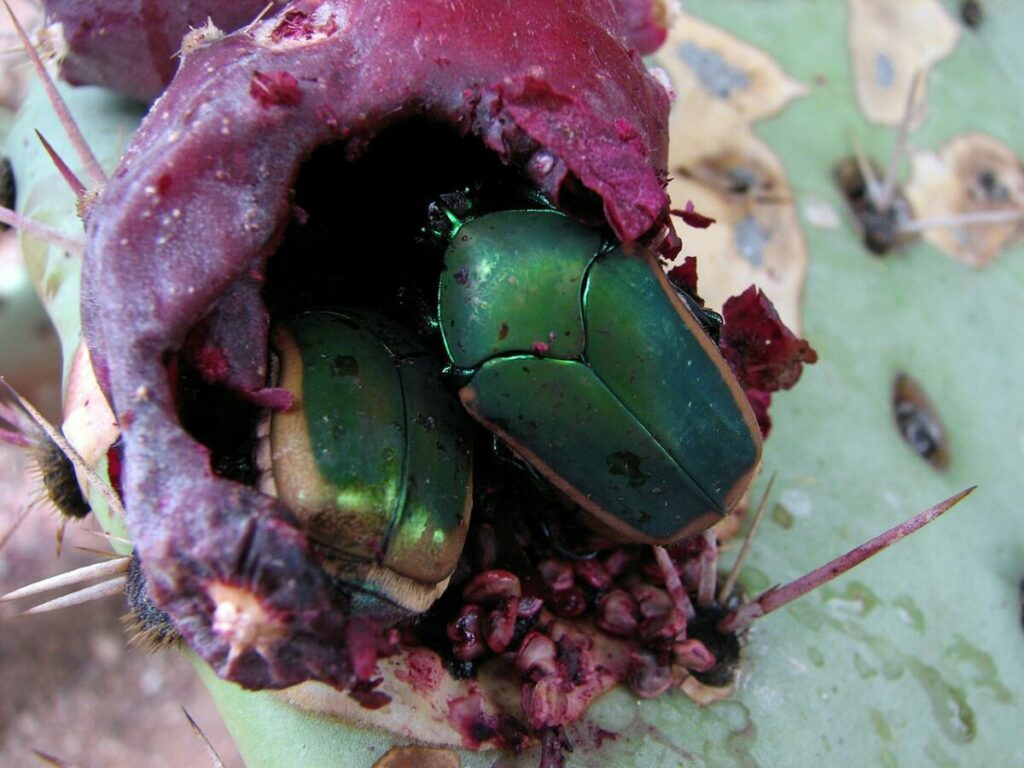
- Most damages caused by these bugs occur in late spring or early summer.
- Prime months for beetle visibility are June and July, leading to the common name ‘Green June Beetle’ in some areas.
Keeping Green Beetles in Check: Control Measures
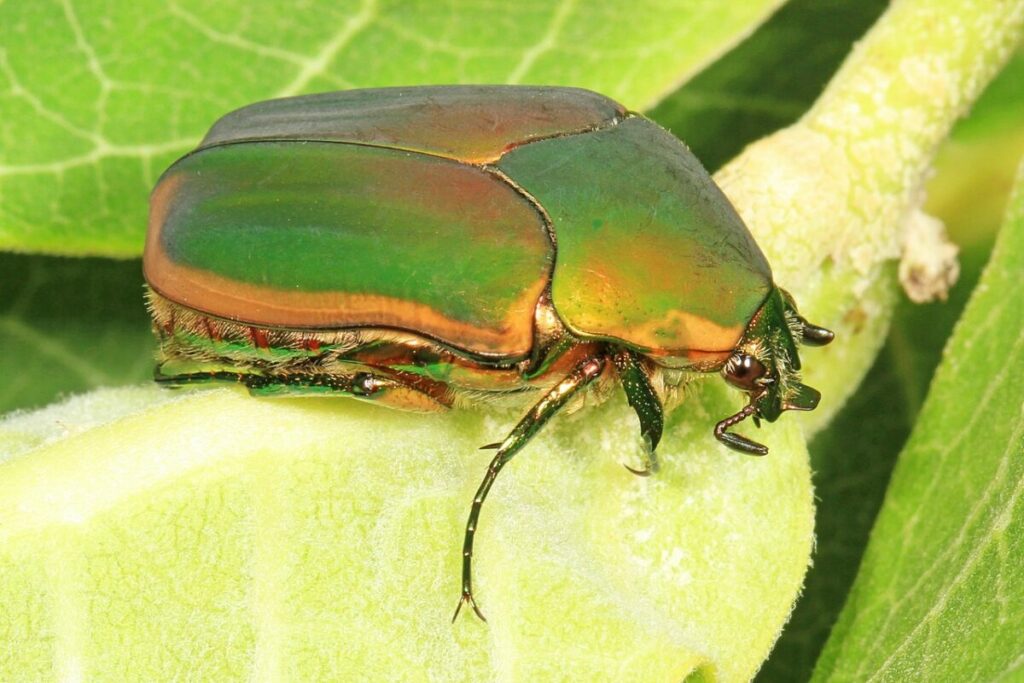
In order to keep these shiny bugs from causing havoc in orchards, a properly timed application of insecticides is paramount. A popular strategy used by some orchard owners is to place trays of insecticide-laced, fermented fruit around the orchard’s perimeter. It’s a simple yet effective solution since green beetles naturally gravitate towards fermented fruit. However, continuous use of such measures can harm other beneficial insects, so timing is crucial.
A Glance at the Future Generation: Green Beetle Grubs
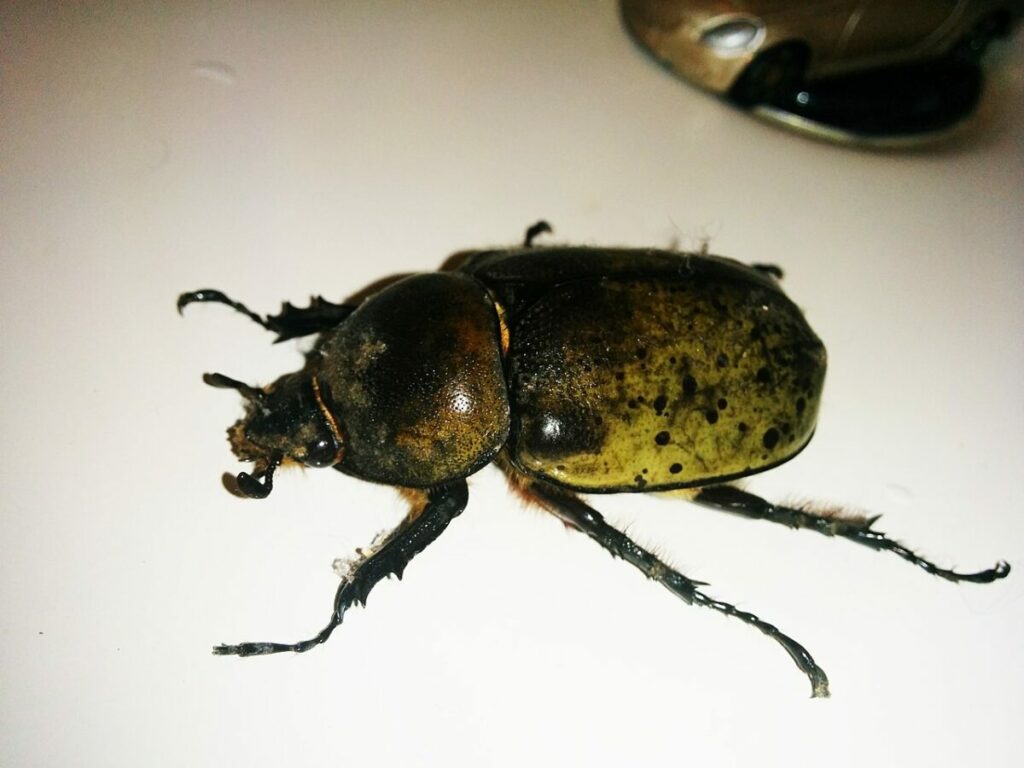
The future generations of these vibrant beetles reveal interesting habits. White grubs, usually about two inches long, intriguingly crawl on their backs instead of using their six legs. They are nocturnal feeders, burrowing into the soil during the day. This burrowing activity, coupled with their strong presence over large areas, often makes it challenging to control them. Truly, the world of green beetles is a fascinating one, filled with odd behaviors, vibrant colors, and diverse habitats.